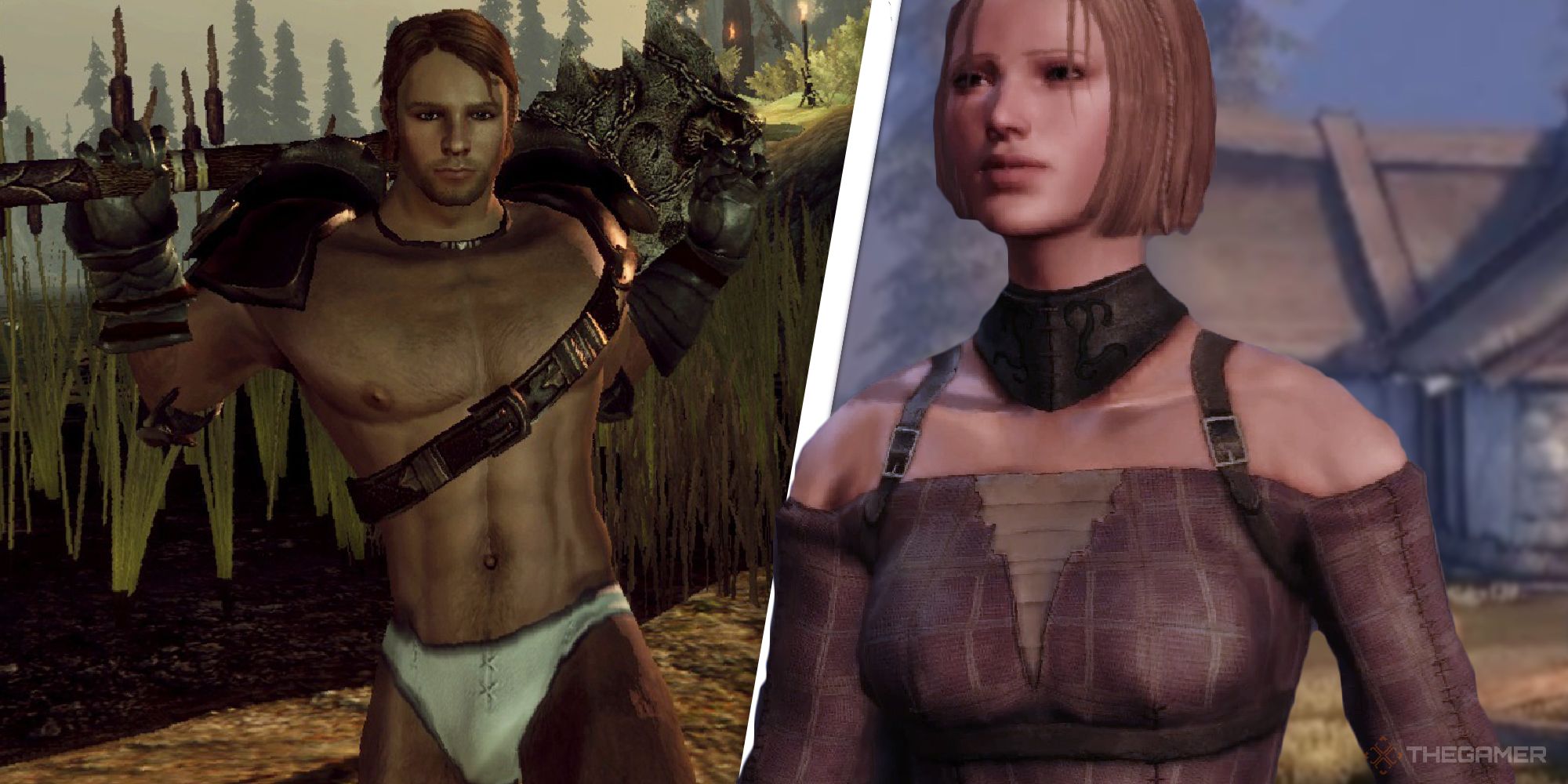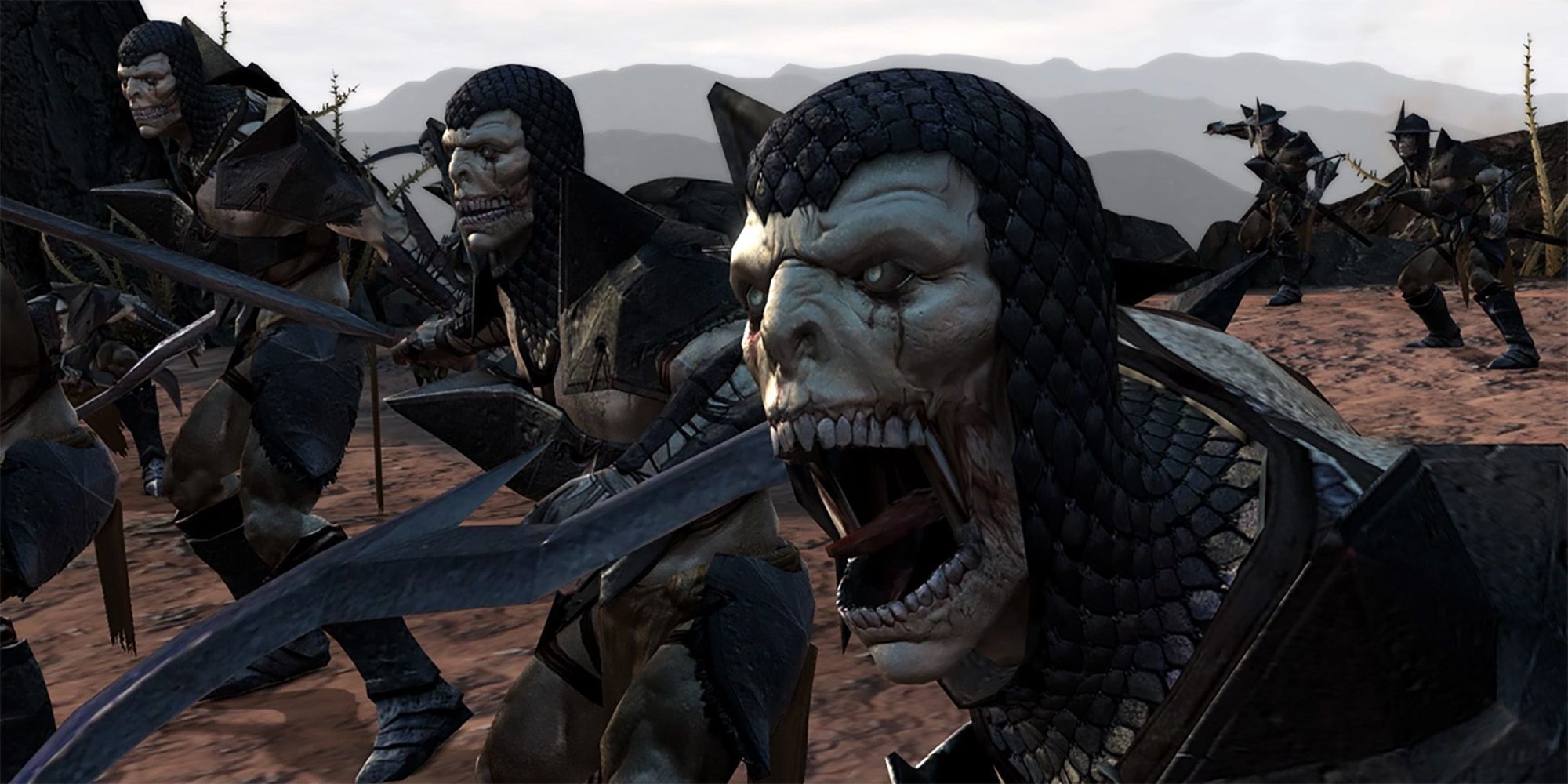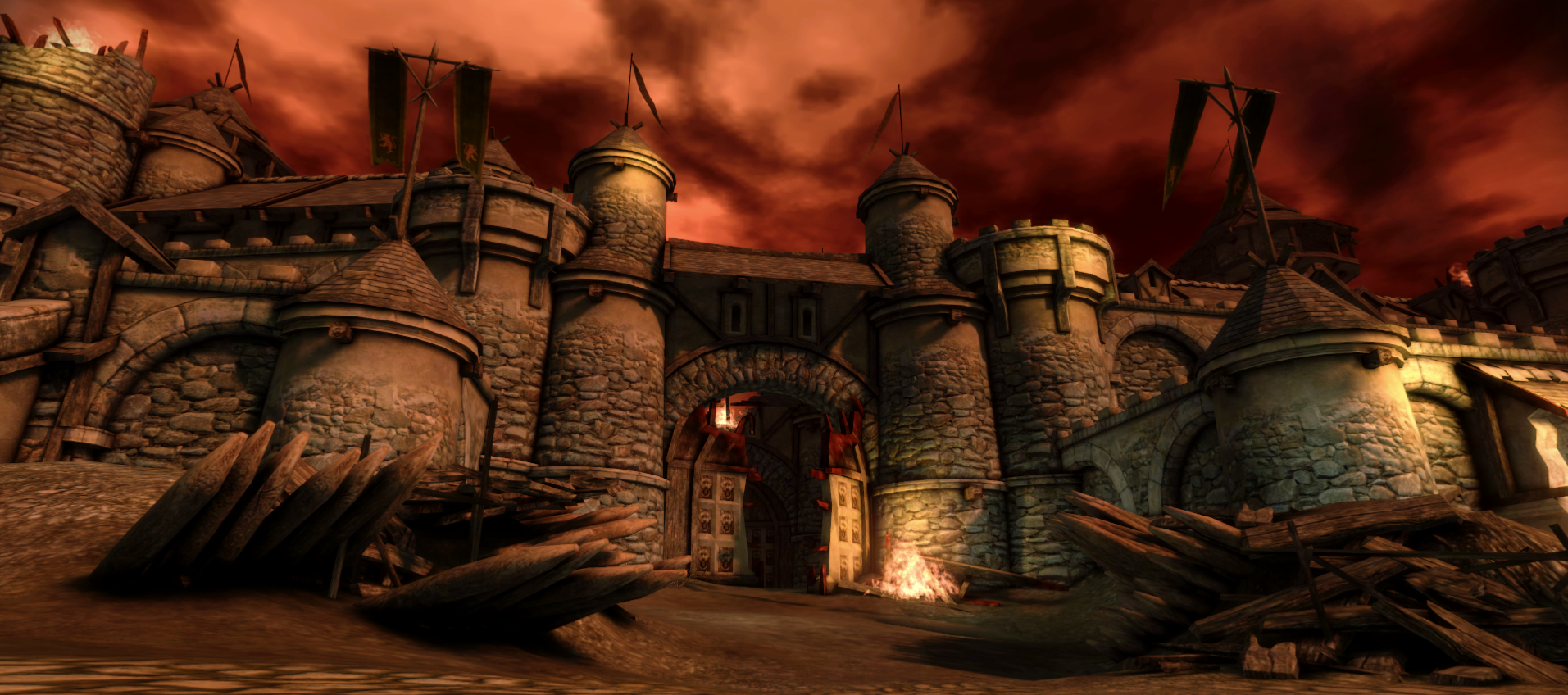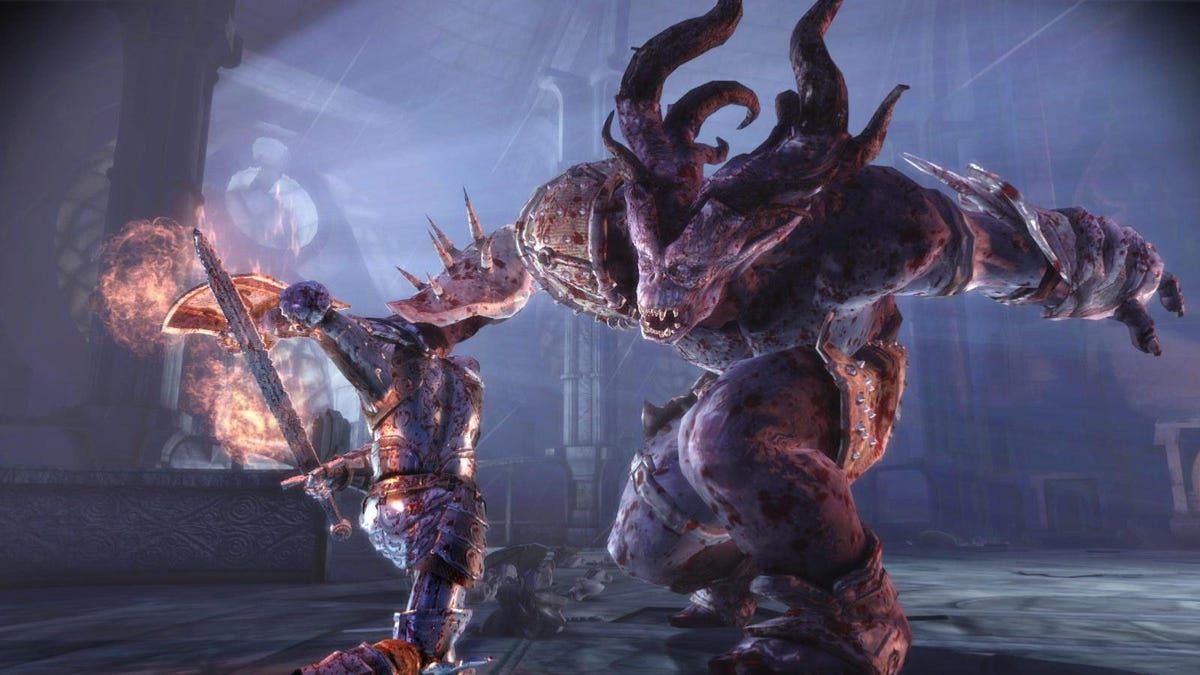Dragon Age: Origins is, without a shadow of a doubt, the best game in BioWare's illustrious fantasy series. Not only will I die on that hill - I will fight to my last breath. On top of having Dragon Age’s most robust and innovative combat, best character writing, and strongest overall story, it is fondly remembered for its titular origin stories: Human Noble, City Elf, Dalish Elf, Circle Mage, Dwarf Commoner, and Dwarf Noble.
A 2009 game coming kitted out with six unique and remarkably lengthy starting points is already pretty ambitious in and of itself, especially when you consider the environmental breadth of a narrative being spread across locales as vast and varied as Orzammar, Lothering, and the Brecilian Forest. Interestingly enough, BioWare originally planned to include even more origin stories in Dragon Age’s inaugural outing, two of which received quite a bit of love prior to eventually being cut during development.
“Dragon Age [Origins] is a huge game, something like 40+ hours if you skip all the side quests and rush the main story,” Origins lead environmental artist Ian Stubbington tells me. “But it started way bigger. There were two origin stories that I remember being cut - one was a Human Barbarian that was cut very early on before I joined the company. I only ever saw one early concept for a barbarian village up in the mountains. The other was a Human Commoner origin that started in a farm that was attacked by darkspawn, zombie horde-style. We actually prototyped that one, but it was proving tricky to pull off and it ended up being cut, I think to save writing time.”
After speaking with Stubbington about Origins’ prologues, I decided to do some more digging. Origins creative director Dan Tudge explains that the six core origin stories were never susceptible to being cut, although other elements like a multiplayer version of the game and, as mentioned above, the Human Barbarian and Human Commoner origin stories needed to be trimmed in order to keep the rest intact.
“We had a lot more origin stories planned,” Tudge says. “The cuts were made with the origin stories that weren't coming off as interesting - they just weren't that compelling. We had data on how much of our own team was playing what and nobody was playing [them]. Nobody was interested.
“But I will tell you, you haven't seen those origin stories since because they are expensive. I don't mean expensive in money, I mean expensive in time and development effort. And more importantly, testing for them is brutal. You're like 60 hours into a game - you have to make sure a choice you've made with a certain origin story is actually working 60 hours later. It was really, really brutal.”
Origins lead writer David Gaider also provides crucial insight into why these cuts were necessary for making the best Dragon Age: Origins game possible. He explains that the game was in production for six years, and the team spent a significant amount of that time chasing their own tails without ever really figuring out what exactly they wanted to do - for example, there were no dragons in Dragon Age until quite a while into development. By the time a concrete vision was established, BioWare had around 18 months to actually make the game - naturally, this necessitated a lot of cuts.
“The other two Human origins were among the casualties, yeah,” Gaider tells me. “The Human Commoner was the most developed, and it was rewritten and prototyped three times. It was kind of based on the Luke Skywalker mould: young peasant boy/girl is working on a remote farm which gets attacked by darkspawn, defends the farm with their family, and then is helped at the last minute by Duncan. The problem is that the whole part prior to the darkspawn attack was boring, and no matter how often we rewrote it we couldn’t make it fun. The Luke Skywalker type of origin is best suited for a ‘Chosen One’ fantasy, which DAO simply didn’t accommodate.
“The Human Barbarian origin, meanwhile, was a hard cut… but the main issue with it was that it was going to be too expensive to accommodate the particulars of a barbarian’s viewpoint throughout the rest of the game. A barbarian would need a lot of unique lines, unique outfits, etc. It also didn’t help that the barbarian village in the origin story needed a lot of unique models and outfits to help sell it… stuff that we really didn’t need anywhere else in the game. Thus, while the origin plot itself was fun and everyone liked the idea, it ended up being a preemptive cut due to our limited timeline.”
Gaider also references other ideas that never made it into the final game. Some of these only appeared in the concepting phase, while others may have been prototyped and ditched prior to implementation. Regardless of where they were cut in the production pipeline, they were design choices that simply didn’t cohere with that final 18-month window.
“There was a whole plot involving the Orleans in Denerim and Queen Anora,” Gaider says. “I remember a lot more involving the Archdemon prior to meeting it at the end of the game. Oghren making an honourable sacrifice right at the end. The list goes on, though most of this was stuff cut in the early planning stages rather than after significant development like the two Human origins.”
In hindsight, it’s fascinating to think about how these two extra origins could have influenced the game. Obviously, six origin stories is plenty, and to this day there has yet to be another game as successfully ambitious as Origins in terms of introducing multiple distinct starting states that continue to impact the story for the 60 hours that follow. The Luke Skywalker-esque origin didn’t appeal to the team as much as they’d hoped, although there’s clearly quite a bit of retained love for the barbarian background. Who knows - maybe it’s yet to be seen in a future game.




